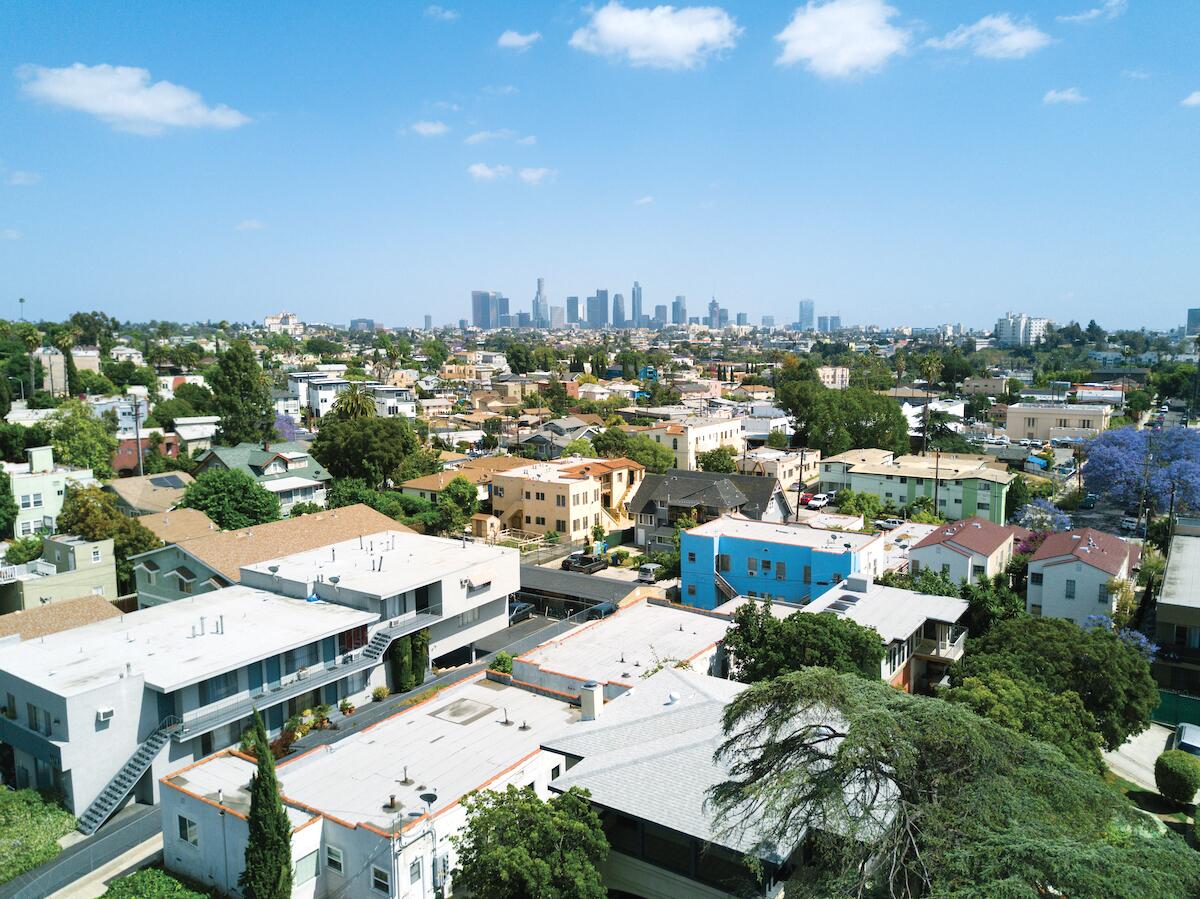Modern-Day Segregation

Barriers to homeownership limit opportunity for Black families and exacerbate racial wealth gap
Homeownership is considered a key step to building intergenerational wealth. But with a homeownership rate of just 46.4% compared to 75.8% for white families, most Black Americans are held back from achieving that American dream. A recent study conducted by researchers from the Brookings Institution identified several damaging realities for Black Americans that impact their ability to purchase homes, build equity, and access critical resources that drive economic growth and social mobility. Modern-day segregation, systemic racial biases, and unequal access to banking and lending resources rob Black communities of an equal chance to own homes. This reality exacerbates the persistent racial wealth gap plaguing America. As leaders from across sectors consider approaches to addressing the wealth gap, targeted policy solutions to correct generations-old biases and barriers to Black homeownership will go a long way toward opening doors to wealth equity for millions.
Using a dissimilarity index, researchers measured segregation in 17 U.S. cities by calculating the percentage of the Black population that would have to move to new Census Tract areas to achieve racial composition in line with the city’s general population. Across the board, cities exhibit varying, but significant, levels of racial segregation. Segregation is most extreme in the cities with the largest Black populations, highlighting the reach of historic and modern policies to segment populations based on race. The legacy of segregation has many negative outcomes on Black wealth and communities, including a dearth of community resources like parks and quality schools, unequal access to lending and banking services, hesitation from potential investors, and persistently undervalued homes.
Nationally, there is a significant gap in homeownership rates between Black and white families. In every city studied by Brookings, white residents owned homes at a higher rate than Black residents, with racial differences in homeownership ranging from approximately 10% to 40%. In all cities but one, more than 50% of white families owned homes, while the maximum homeownership rate for Black families in cities studied was just 45.9%. The lowest Black homeownership rate was only 10.82%.
The list of reasons for these glaring differences is long, ranging from historic redlining policies to modern discriminatory policies in risk assessment and mortgage lending. What’s clear is the legacy of these policies is far reaching and holds Black communities back.
And discrimination isn’t just limited to whether a Black family can purchase a home. Research shows that when Blacks are able to buy homes, they often face bias in the appraisal process resulting in significantly devalued properties. This reality bares out in the individual experiences of Black homeowners who have obtained multiple appraisals differing of the tens of thousands of dollars depending on whether a white friend or family member is present. It is also highlighted in data that shows major discrepancies in the average appraised value of homes in Black-majority neighborhoods compared to Black-minority neighborhoods. The median home value between Black-minority and Black-majority neighborhoods was less than $100,000 in only two of the cities studied. In Atlanta, the most segregated city in the report, homes in Blackminority neighborhoods are worth nearly four times that of homes in Black-majority neighborhoods, a difference of over $350,000 in value.
This kind of devaluation has far reaching impacts on segregated Black communities.
Black-majority neighborhoods are denied the same amenities and services accessible to white neighborhoods, further driving down value; public schools suffer where properties are devalued and local property taxes limit funding, reducing access to quality education for residents. Just as redlining deemed many areas too risky for mortgages, Black and minority communities also suffer from a lack of traditional banking and lending institutions. Shockingly almost half (46%) of Black Americans and one third (32%) of Hispanics are considered unbanked or underbanked. Without access to mainstream financial institutions, residents struggle to use common tools like savings accounts and are exposed to alternatives like payday lenders and money order services. These come at high cost and high risk, opening vulnerable communities up to dangerous cycles of debt and poor credit, further limiting future home buying and wealth building opportunities. According to McKinsey & Co. research1, simply improving accessibility of basic banking services could lead to as much as $40,000 in additional savings for individual Black Americans.
The racial wealth gap is the product of racist policies with deep roots throughout American history. Modern-day segregation exacerbates the wealth gap when communities are denied opportunities to build wealth through homeownership, suffer from discriminatory appraisals, and lack access to the same financial services because of their race and where they live. To expand Black homeownership a series of targeted policies addressing these issues is essential. Banks, businesses, and policymakers should seek opportunities to invest in Black communities, create programs that support small dollar mortgage loans, and develop creative initiatives to eliminate common barriers to Black homeownership. Supporting and expanding the capacity of Community Development Financial Institutions (CDFIs) is key to transforming underserved areas. CDFIs exist to fill the financial services gap where it is needed most and already have the infrastructure to extend affordable mortgages, loans, or credit lines to communities that traditional banks have left out. By targeting systemic failures in our current financial system, we can go a long way toward making the dream of homeownership and wealth generation attainable for millions of families.
Information in this article comes from “Homeownership, racial segregation, and policy solutions to racial wealth equity,” authored by Dr. Rashawn Ray (Senior Fellow) at The Brookings Institution and Andre M. Perry (Senior Fellow) with the Brookings Metropolitan Policy Program. For more details, see the full report at brookings.edu/essay/homeownership-racial-segregation-and-policies-for-racial-wealth-equity